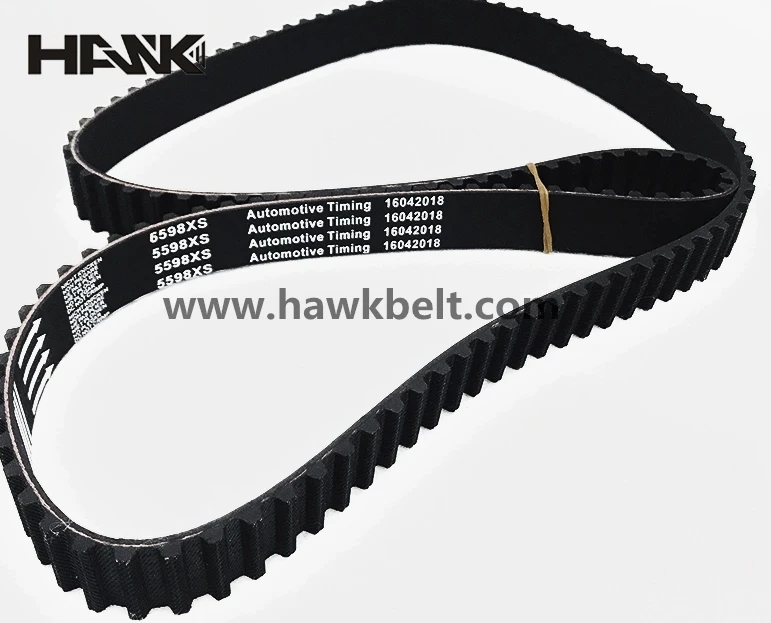- Arabic
- French
- Russian
- Spanish
- Portuguese
- Turkish
- Armenian
- English
- Albanian
- Amharic
- Azerbaijani
- Basque
- Belarusian
- Bengali
- Bosnian
- Bulgarian
- Catalan
- Cebuano
- Corsican
- Croatian
- Czech
- Danish
- Dutch
- Afrikaans
- Esperanto
- Estonian
- Finnish
- Frisian
- Galician
- Georgian
- German
- Greek
- Gujarati
- Haitian Creole
- hausa
- hawaiian
- Hebrew
- Hindi
- Miao
- Hungarian
- Icelandic
- igbo
- Indonesian
- irish
- Italian
- Japanese
- Javanese
- Kannada
- kazakh
- Khmer
- Rwandese
- Korean
- Kurdish
- Kyrgyz
- Lao
- Latin
- Latvian
- Lithuanian
- Luxembourgish
- Macedonian
- Malgashi
- Malay
- Malayalam
- Maltese
- Maori
- Marathi
- Mongolian
- Myanmar
- Nepali
- Norwegian
- Norwegian
- Occitan
- Pashto
- Persian
- Polish
- Punjabi
- Romanian
- Samoan
- Scottish Gaelic
- Serbian
- Sesotho
- Shona
- Sindhi
- Sinhala
- Slovak
- Slovenian
- Somali
- Sundanese
- Swahili
- Swedish
- Tagalog
- Tajik
- Tamil
- Tatar
- Telugu
- Thai
- Turkmen
- Ukrainian
- Urdu
- Uighur
- Uzbek
- Vietnamese
- Welsh
- Bantu
- Yiddish
- Yoruba
- Zulu
Nov . 27, 2024 12:34 Back to list
Selecting the Right Size for Your Fan Belt in Automotive Applications
Understanding Fan Belt Size A Comprehensive Guide
When it comes to maintaining the performance and longevity of vehicles, understanding the components that contribute to their functionality is crucial. One such component is the fan belt, also known as the serpentine belt or drive belt. This essential part plays a vital role in the engine's cooling system, driving various peripherals such as the alternator, power steering pump, and air conditioning compressor. Given its significance, understanding fan belt size becomes paramount for vehicle owners and mechanics alike.
What is a Fan Belt?
A fan belt is a looped strap made of rubber or other durable materials that connects and drives several engine components. In modern vehicles, the serpentine belt is commonly used because it is designed to handle multiple tasks, unlike the older V-belts that were used primarily for a single function. The fan belt not only powers the cooling fan but also ensures that other critical systems in the engine operate smoothly.
Importance of Correct Size
The size of the fan belt is critical for optimal vehicle performance. The belt must fit tightly enough to prevent slippage but not so tight that it causes excessive wear on the components it drives. A belt that is too loose can lead to poor performance and may cause the engine's cooling system to fail. Conversely, a belt that is too tight can lead to premature wear and potentially damage other engine components.
The most common issue with fan belts is wear and tear caused by heat, friction, and environmental factors. If a fan belt is worn or improperly sized, it can lead to significant problems such as overheating of the engine, loss of power steering assistance, or failure of the alternator, which may result in a dead battery.
How to Determine the Right Size
fan belt size

When it comes to determining the correct fan belt size, a few steps can guide you
1. Check the Owner’s Manual The manufacturer's specifications will usually provide the correct size for the fan belt. This is your best source for ensuring you have the right fit.
2. Measure the Old Belt If the existing belt is worn out or damaged, you can measure its length and width to find a suitable replacement. Use a tape measure to get the length accurately, and measure the width as well.
3. Visit Auto Parts Stores Many auto parts retailers have databases or reference charts where you can look up fan belt sizes based on your vehicle's make, model, and year.
4. Consult a Professional If you’re unsure or uncomfortable measuring or replacing the fan belt yourself, it’s always a good idea to consult with a professional mechanic who can ensure you get the right size and fit.
Conclusion
In conclusion, the fan belt is a crucial component of a vehicle's engine system, and understanding its size can significantly impact the overall performance and reliability of your vehicle. Regular inspections and timely replacements of worn belts are essential to prevent larger issues down the road. Adequate knowledge of the fan belt size and its importance aids in maintaining your vehicle’s health and enhances your driving experience. By investing time in understanding this vital part, you can ensure your car runs smoothly for years to come.
-
Upgrade Power Steering Pump Belt for Smooth, Quiet Operation
NewsAug.27,2025
-
Precision Timing Belt & Chain: Engine Performance & Durability
NewsAug.26,2025
-
Precision Lathe Drive Belts: Durable & Reliable Performance
NewsAug.25,2025
-
84.5 Serpentine Belt: Durable & Precision Fit for Your Engine
NewsAug.24,2025
-
Premium Ribbed Drive Belts for Quiet Power Transmission
NewsAug.23,2025
-
High-Performance Vehicle Timing Belt for Engine Precision
NewsAug.22,2025

